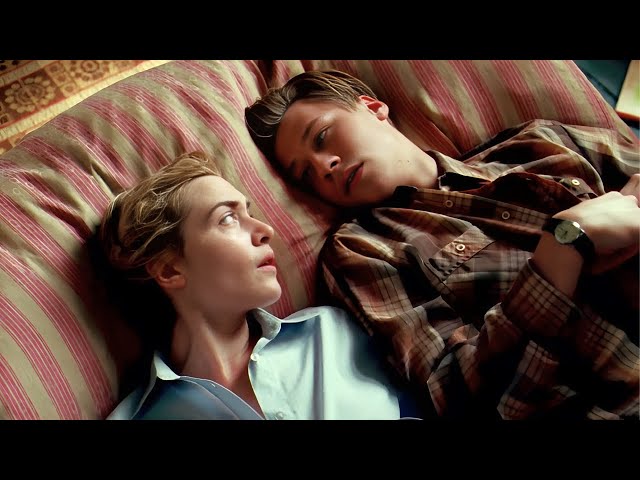
**The Reader: A Tale of Love, Secrets, and Regret**
**Introduction**
Today, we dive into the poignant and emotionally charged narrative of “The Reader,” a film that explores the complexities of love, guilt, and the haunting shadows of history. This review focuses on the central relationship between Michael and Hannah, and how their lives intertwine with a dark chapter of the past.
**Storyline Summary**
The story begins in 1958 in West Germany, where 18-year-old Michael falls ill and is helped by Hannah, a bus conductor in her 30s. After recovering from scarlet fever, he visits her to express gratitude, and their connection quickly deepens into a passionate affair. They share intimate moments, with Michael reading to Hannah regularly, unaware that she is illiterate. Their relationship faces tension when Hannah avoids him in public, fearing exposure.
Unexpectedly, Hannah vanishes without explanation, leaving Michael heartbroken. Years later, as a law student, Michael attends a trial and discovers Hannah is accused of war crimes as a former SS guard during World War II. She is charged with allowing the deaths of Jewish prisoners in a church fire. During the trial, Michael realizes Hannah’s illiteracy is the reason she hides the truth, leading her to accept a life sentence to avoid humiliation. Despite his internal conflict, he never confronts her directly.
Decades later, Michael sends her recorded books, inspiring Hannah to teach herself to read and write in prison. Upon her parole, he arranges her transition back to society, but their reunion is distant. Overwhelmed by regret, Hannah takes her own life. Michael fulfills her final wish by donating her savings to a Jewish literacy organization, and years later, he shares her story with his daughter, bringing a measure of closure.
**Performances & Direction**
The emotional depth of the characters is conveyed through nuanced performances, with Hannah portrayed as a complex figure—both compassionate and deeply flawed. Michael’s internal struggle, from youthful infatuation to adult guilt, is depicted with sensitivity. The direction skillfully balances the personal and historical narratives, allowing the audience to grapple with moral ambiguity without oversimplifying the characters’ motivations.
**Music & Technical Aspects**
The film’s technical elements, including cinematography and score, subtly enhance its emotional weight. The pacing allows the story to unfold naturally, with visual contrasts between the warmth of Michael and Hannah’s early days and the cold, somber tones of the trial and prison scenes. While not overly emphasized, these aspects support the narrative effectively without overshadowing the core themes.
**Conclusion**
“The Reader” is a powerful exploration of how secrets and shame can shape destinies, asking difficult questions about accountability, empathy, and redemption. It leaves viewers reflecting on the impact of choices and the weight of silence. If you haven’t experienced this thought-provoking film, make sure to watch “The Reader” and share your perspectives in the comments below.




